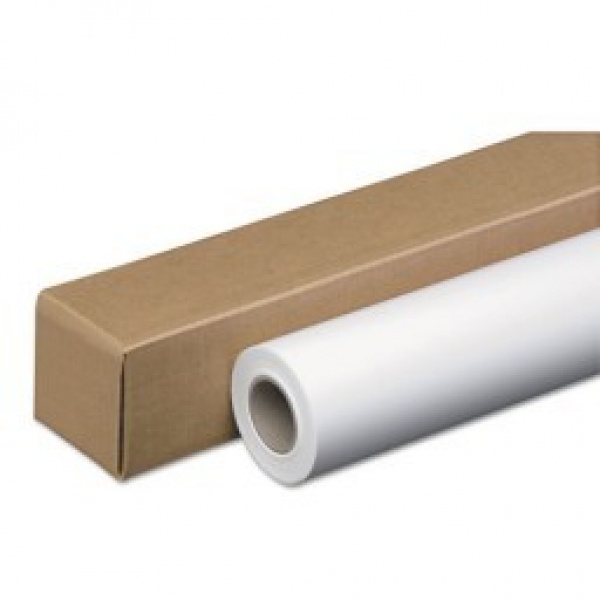Guide to Large Format Media
General Terms
GSM
GSM stands for grams per square metre. This is also known as “grammage”.
A lower gsm – such as 80gsm – is cheaper and ideal for standard printing. However, a higher gsm like 90gsm will be stronger and longer lasting. If you want to print high quality flyers, posters, and art, you will need a higher gsm and a coated option.
Rolls vs Sheets
Sheets are less favoured these days. Aligning a sheet is time consuming and most large format printers have a built in cutter so rolls of paper are preferred.
Most organisations favour rolls. They are cheaper per square metre and are perfect for longer print runs. They require less attention as they don’t need to be changed as often, making your business more productive as a result.
FSC certification
FSC stands for Forest Stewardship Council. This mark lets you know that the trees have been harvested in a sustainable way. The FSC is not tied to a government, it’s a respected non-profit organisation.
Types of Large Format Media
Coatings
Gloss – This paper is extremely shiny. This is eye-catching and makes your colours more intense and vibrant. However, it has the drawback of being incredibly reflective at certain angles. They need to be looked at under particular conditions in order to achieve their full effect.
Satin – Satin is a medium being gloss and matt. It is less reflective, and therefore is better suited to being put behind glass. It retains much of the colour capabilities of gloss and are more flexible.
Matt – Images on matt lack the intensity and resolution of a glossed paper. They are best suited to reports and presentations rather than artistic prints. They are extremely even and easy to write on.
Self Adhesive – one side of this paper is sticky, and therefore can be placed on a surface. A matt coating will keep it weather resistant, whereas a gloss coating will be shorter term but give greater vibrancy.
Film
Polypropylene Film – This synthetic paper is great for both indoor and outdoor applications, offering a good water resistance and a vivid print finish. With a primer layer and a clear release film, this media is a great option for economical poster and POS prints.
Clear film – This optically clear polyester film is ideal for monochrome or colour graphic arts applications using dye inks. The specialised coating ensures optimum ink acceptance and high registration accuracy.
Colour separation film – This is used for creating screen positives. It has a special ink-receiving nano-porous layer for optimum ink acceptance, providing the perfect surface for printing screen positives that need to be sharp and high definition.
Specialty Papers
Acid Free – You may have seen old books which have “yellowed”. This is because the small acid content in the wood pulp has built up over time. This type of paper can last up to 1,000 years under the right conditions without tinting.
Ultrasmooth – This is for fine art applications. It is acid free and coated to make your prints last.
Backlit – This is used to make your colours as vibrant as they can be. The material allows light to travel through and create a soft glow, shining through your prints and making them pop.
Microporous – This paper has tiny pores across the surface, allowing it to accommodate large amounts of ink easily. It dries instantly and is long lasting. This paper is perfect for archivists.
Teslaflex – Developed by Papergraphics, the Teslaflex system is a unique, printable ferrous film that works with a self-adhesive magnet-receptive base. It can be quickly applied to magnetic surfaces, and quickly changed too.
Canvas – this material is aimed at creating stunning art prints. If you want to create the perfect, lasting, fine art at the highest quality, this is what you’re after.
Head on over to our media finder to get a great deal on large format media.


